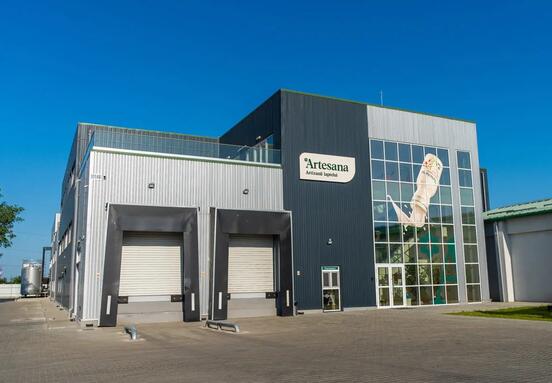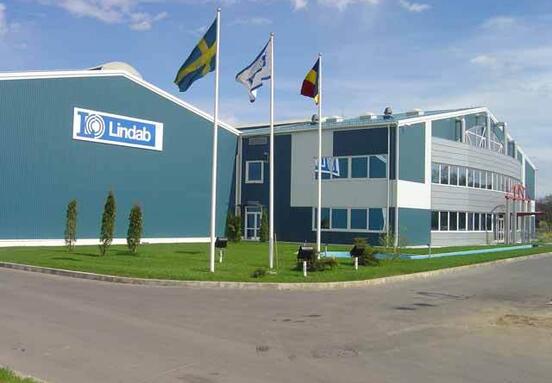Constructions volume increased by 12 percent in Q1 year on year and the number of building permits has also known a rise by 3 percent, a sign that developers are beginning to invest in construction again.
Construction materials manufacturers have restructured bank loans and increased their capitals, improving their financial structure and preparing for the demand recovery. Many managers declared this the best first quarter since the 2008 crisis and expectations stay high for the remainder of the year, with expected rises in turnovers of 20 to 50 percent.
During Q1 Teraplast nearly tripled its operational profit, returning to net profit after marking losses y-o-y. Cemacon has returned to operational and net profit as compared to losses registered during the last two years. Prefab has reduced operational losses and managed to break even in a traditionally weak quarter for the construction market.
“This is the first significant increase in the local property market since the bubble burst in 2008-2009, which had the construction market as collateral victim,” says Dumitrescu. “The collapse of the average price for apartments dropped by 40 percent, which translated into an equal loss of turnover for producers of construction materials, just as they had begun to excessively increase their debts to better cope with the seemingly insatiable request. Companies received then a double blow, both on the operational and financial side, staying blocked in net losses for years after,” he adds.
Starting with 2013 the market showed small signs of improving, slowly continuing throughout 2014. However, this year brought the highest rate of economical increase with the National Bank’s monetary easing policy and the First Home (Prima Casa) program covering a minimum request level.
The share advance is still timid, given the years of low performance and the fundamental potential for return, but the market as a whole shows positive signs, Dumitrescu concludes. (source: business-review.eu)






